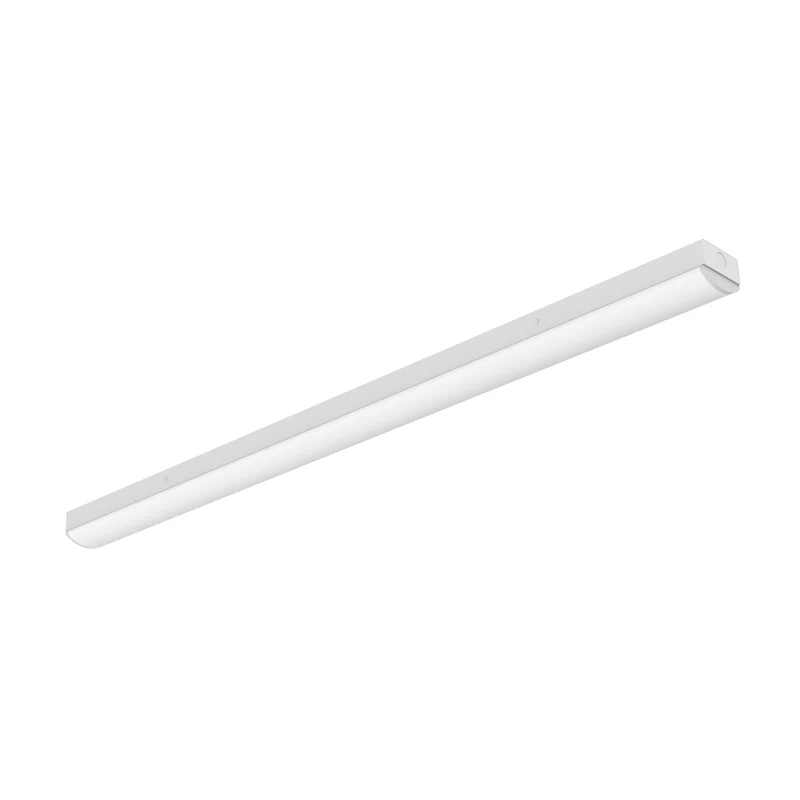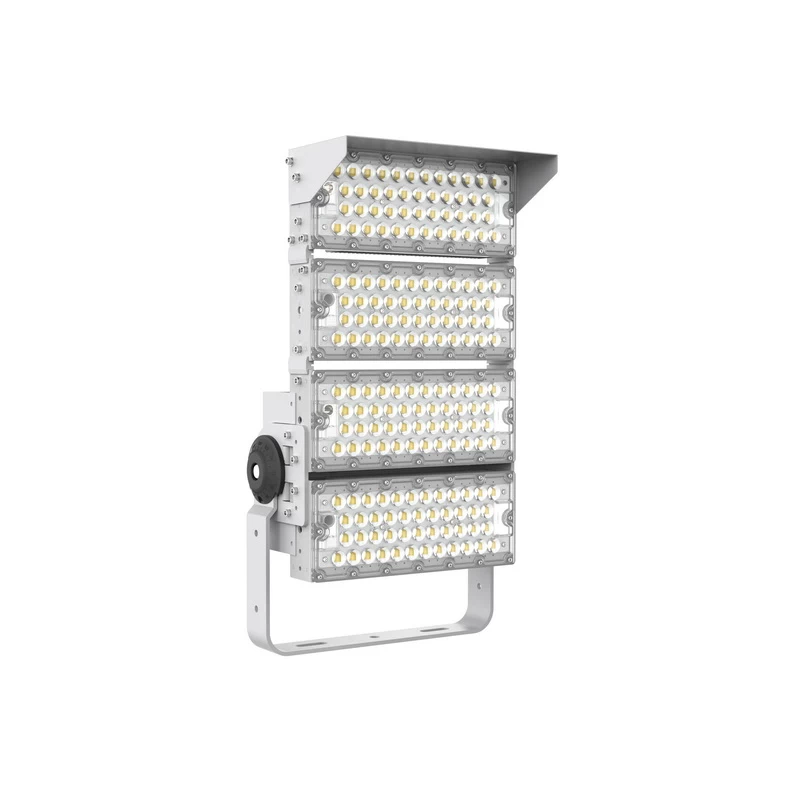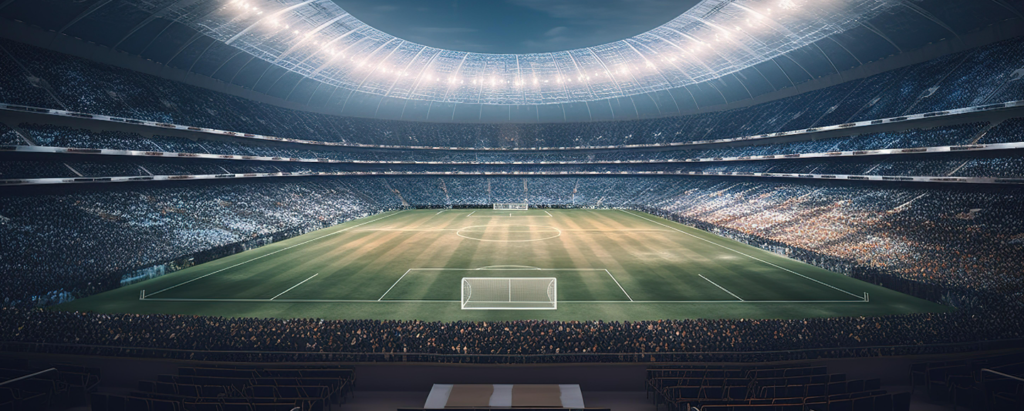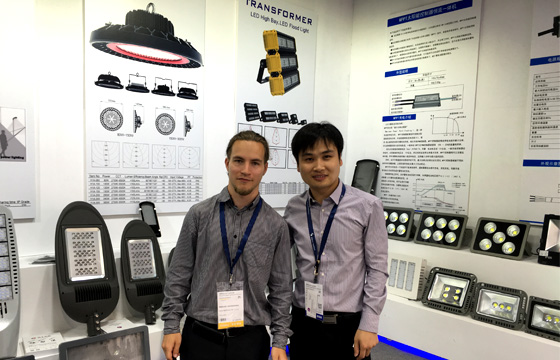¿Cómo utilizar las luminarias de los aparcamientos para ahorrar costes? |LEDRHYTHM
En los lugares que se utilizan con frecuencia por la noche, como los aparcamientos, prestar atención a los trabajos de iluminación y elegir soluciones de iluminación razonables contribuirá en gran medida a garantizar la seguridad de las personas y los bienes y a mejorar la experiencia de los usuarios. La iluminación de aparcamientos merece especial atención por parte de propietarios y gestores.
Con el aumento masivo de coches particulares, disponer de una buena iluminación de aparcamiento es crucial para garantizar un estacionamiento seguro por la noche. Una luz insuficiente provocará un desastre, así que ¿cómo debemos elegir las luminarias para aparcamientos? ¿A qué factores hay que prestar atención al elegir las lámparas?
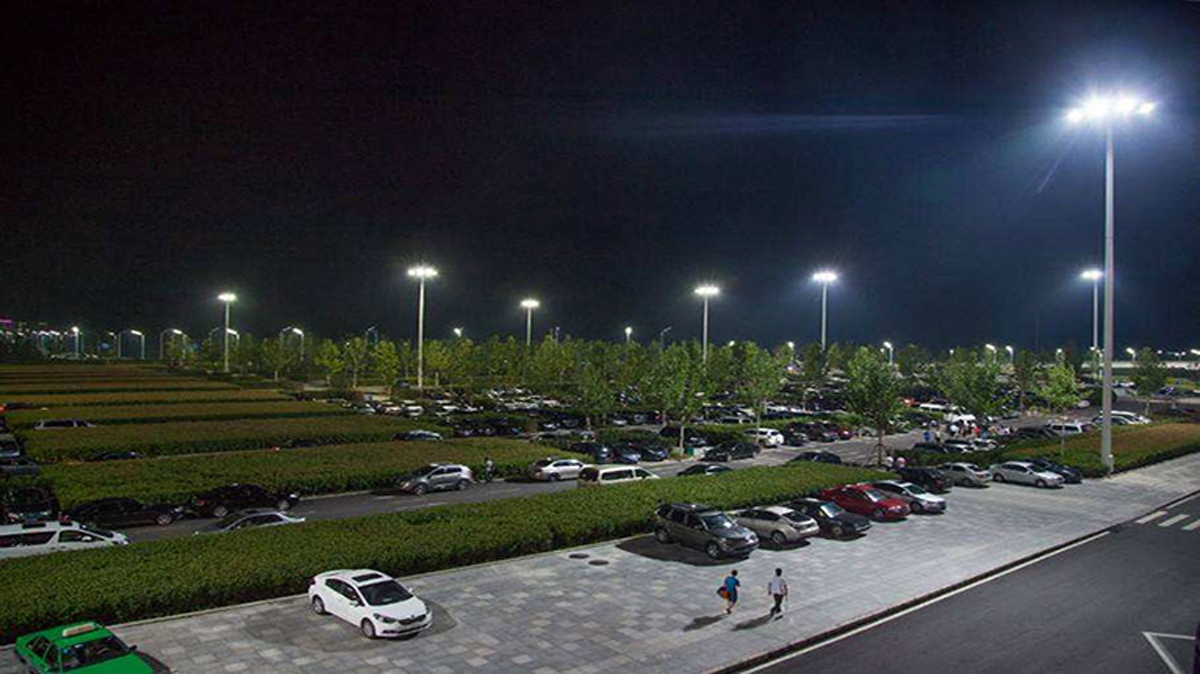
Los peligros de una iluminación insuficiente en los aparcamientos y las ventajas de una iluminación adecuada.
1. Una iluminación insuficiente en el aparcamiento aumentará la probabilidad de accidentes nocturnos. En condiciones de poca luz, la visión del conductor es limitada, lo que dificulta la detección a tiempo de obstáculos y peatones, y es probable que se produzcan accidentes por colisión. Al mismo tiempo, conducir en un entorno oscuro durante mucho tiempo es más probable que cause fatiga visual y provoque errores de juicio. Por lo tanto, los aparcamientos deben tener una iluminación adecuada.
2. Una iluminación razonable de los aparcamientos puede aumentar considerablemente la seguridad de la conducción y el estacionamiento nocturno. Una iluminación adecuada permite a los conductores tener un mejor campo de visión, detectar a tiempo posibles peligros para la seguridad y tomar las medidas adecuadas para evitar accidentes. Esto es de gran importancia para evitar víctimas y pérdidas materiales.
3. Una iluminación perfecta del aparcamiento puede ayudar a reducir la ansiedad de los usuarios y mejorar la experiencia de aparcamiento. Un entorno relativamente oscuro es más probable que haga que la gente se sienta insegura. Una iluminación adecuada puede hacer que los usuarios se sientan a gusto y también ayudar a la dirección a prevenir la delincuencia.
4. También es muy importante elegir el equipo de iluminación adecuado para el aparcamiento. La iluminación debe alcanzar más de 30 lúmenes, y la temperatura de color debe estar entre 3000-5000K. Al mismo tiempo, es necesario elegir lámparas de bajo consumo con diseño antideslumbrante y disponerlas uniformemente para evitar puntos muertos.
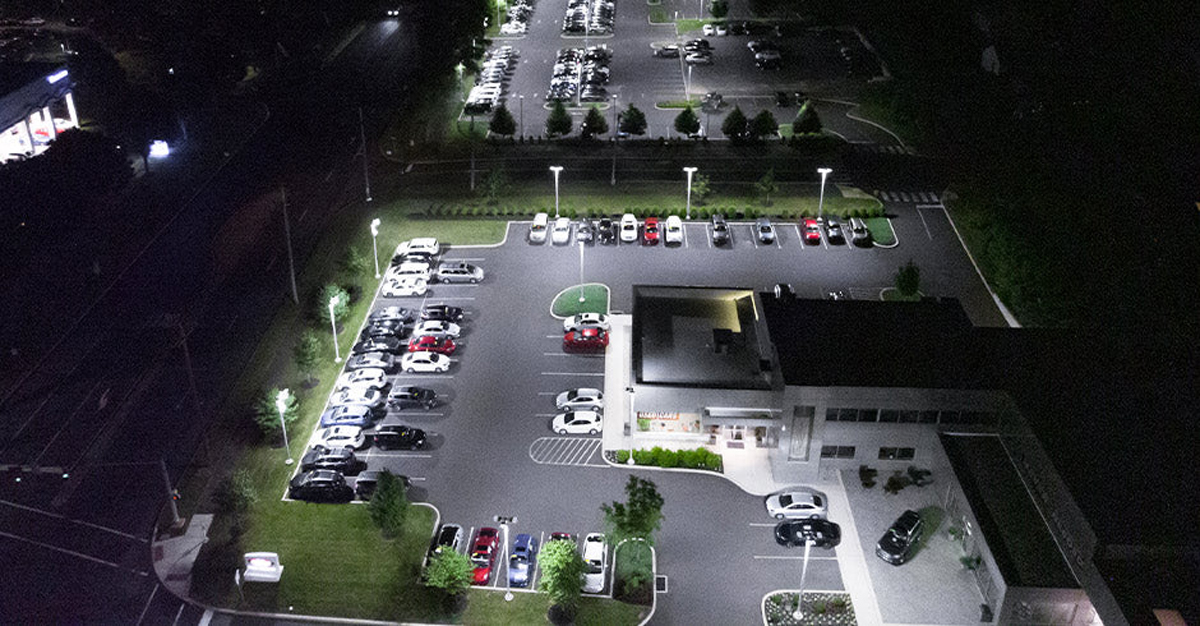
Debido a los diferentes entornos de uso, los aparcamientos interiores y los aparcamientos exteriores también deben tratarse de forma diferente en el diseño de la iluminación.
1. Diseño de iluminación para aparcamientos cubiertos
La iluminación de aparcamientos interiores es relativamente fácil de controlar. Los principios básicos de diseño son:
1. La iluminación debe alcanzar más de 100 lúmenes, y las zonas clave deben alcanzar 150 lúmenes para garantizar el efecto visual.
2. Utiliza principalmente luz blanca, con una temperatura de color entre 3000-5000K. Evita que la diferencia de color afecte a la identificación.
3. Utilice lámparas antideslumbrantes para evitar deslumbramientos que puedan interferir con la visión del conductor en el lado opuesto.
4. Utiliza lámparas LED o de bajo consumo para reducir los costes de consumo de energía.
5. Disponga la iluminación de forma razonable para evitar puntos muertos y garantizar una iluminación uniforme en toda la zona.
6. Configure el sistema de control de la iluminación para ajustar con flexibilidad el modo de iluminación en función de las necesidades.
2. Diseño de la iluminación del aparcamiento exterior
El entorno exterior es complejo y cambiante, y el diseño de la iluminación es difícil. Hay que prestar atención a:
1. Aumente el brillo general, con una iluminación no inferior a 30 lúmenes. Las zonas clave alcanzan más de 50 lúmenes.
2. Aumentar la altura del poste de alumbrado para ampliar la zona de cobertura de una sola lámpara.
3. Adoptar medidas de diseño como la impermeabilización, la protección contra el polvo y la protección contra rayos para garantizar un funcionamiento estable del equipo.
4. Elija lámparas con un amplio rango de distribución de la luz para reducir los ángulos muertos.
5. Establezca fuentes de energía de reserva de emergencia en lugares clave para evitar accidentes causados por cortes repentinos de energía.
6. Compruebe periódicamente las conexiones de los circuitos y los daños de las lámparas para garantizar el funcionamiento normal del equipo.
7. Ajuste el modo de iluminación en función de las condiciones meteorológicas para garantizar el efecto.
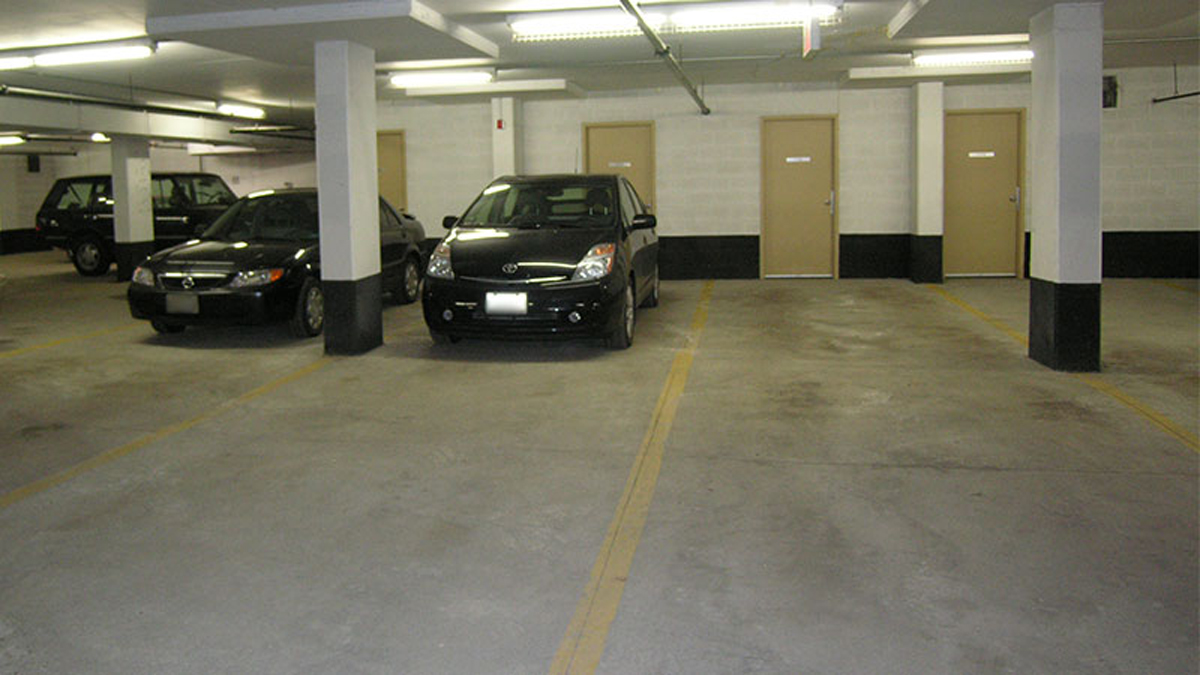
Una buena iluminación es fundamental para el funcionamiento seguro de los aparcamientos interiores y exteriores. A la hora de diseñar, hay que tener en cuenta el entorno de uso real y elegir una solución de iluminación razonable. Al mismo tiempo, hay que prestar atención a la inspección y el mantenimiento para garantizar el funcionamiento fiable de los equipos.
LEDRHYTHM dispone de soluciones de iluminación maduras tanto para aparcamientos exteriores como interiores. Y proporcionaremos soporte técnico profesional de acuerdo con las condiciones del cliente y las condiciones climáticas locales, para que las lámparas puedan ahorrar costes al tiempo que garantizan la calidad y la iluminación.


